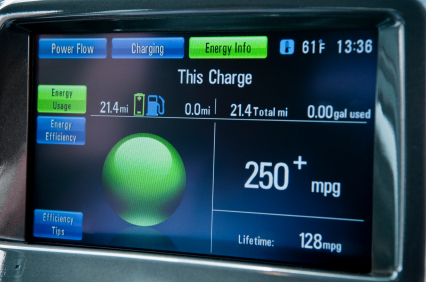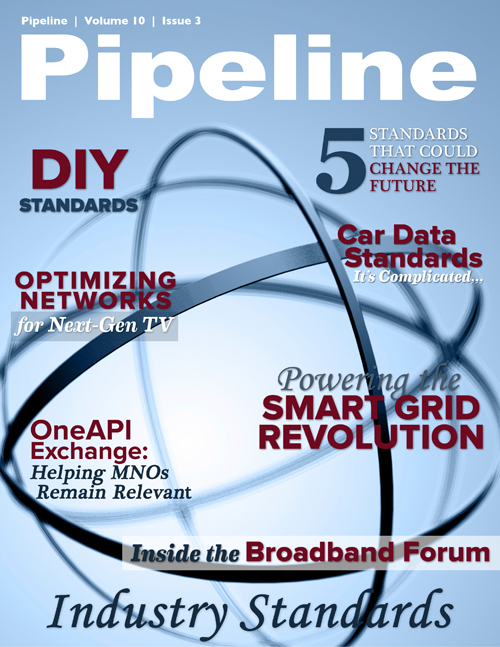Car Data Standards: It's Complicated
By: Becky Bracken

Connected-car services are hardly a technological novelty.
In the European Union, 112 eCall, which automatically alerts emergency assistance when an accident has occurred, will be mandatory in all new cars and light trucks by October 2015. Regardless of whether a vehicle’s driver and/or passengers are conscious or alert, emergency crews will know the location of the accident in an instant, which the European Commission has forecasted could prevent 2,500 deaths each year.
In Russia, GLONASS, which stands for Global Navigation Satellite System, has served as an alternative satellite-navigation system that complements and can even fully replace GPS systems. GLONASS hit the big time when it was discovered that the iPhone 4S supported it in addition to GPS. The government’s latest initiative, the ERA-GLONASS accident emergency-response system, has connected Russians, via the Russian Transport Ministry, to an automated emergency-response network similar to 112 eCall, and will encourage the rollout of millions of new GLONASS-equipped cars each year.
Audi’s S7, which was named a “2013 Connected Car of the Year” by Connected World magazine, boasts its own T-Mobile data plan and services that include factory-installed wireless that can accommodate up to eight devices, navigation that works in tandem with Google Earth, localized weather updates, and even an aerial view of your morning commute to work. But with a current price tag of nearly $90,000, the S7 is hardly a rank-and-file kind of ride for the masses.
Though they all sound cool and futuristic, what none of these services does, you’ll notice, is let those in the car communicate with the world around them, whether that means other cars, maintenance authorities or retailers.
By 2018 the connected-car market will top $98 billion, according to a recent report from the consulting firm MarketsandMarkets, and the GSM Association (GSMA) estimates that every new car will be connected by 2025. Everyone from content producers, service providers, network operators, and device manufacturers to municipalities and even the fire department are all clamoring to ride shotgun with every car on the road. Here’s why, says the GSMA:
- services like 112 eCall and stolen-car tracking, which require embedded telematics in cars, are increasingly being mandated by governments;
- pricing models are shifting to promote in-car data consumption, like the T-Mobile data plan developed specifically for Audi S7 drivers;
- apps are breaking away from smartphones and moving into the cloud.
While these developments will put more telematics-equipped cars into play, it’s the portability and interoperability of services between the car and the rest of the driver’s connected life that will push the connected-car market toward the lofty $100 billion heights that are currently being projected. But government mandates surrounding safety are what’s driving immediate uptake.
The term V2X, short for vehicle-to-X communications, covers both vehicle-to-vehicle (V2V) and vehicle-to-infrastructure (V2I), and will continue to propel interoperability standards.





















